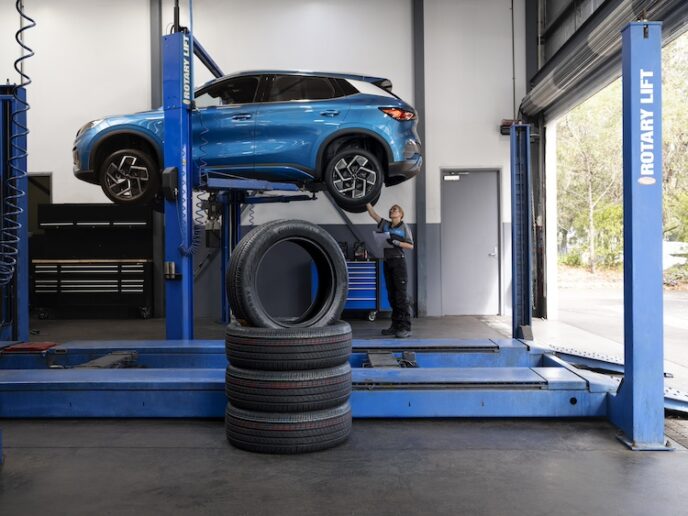
New research from mycar Tyre and Auto reveals how cost-of-living challenges are affecting Australians, with three in five vehicle owners (60%) changing their vehicle maintenance habits and 77% performing some form of car maintenance themselves.
The mycar Mobility Index reveals vital insights into the sentiment and outlook of Australian drivers across EVs, vehicle servicing and maintenance, the role of technology in cars and the future outlook for mobility in Australia.
Of the 2004 owners surveyed, nearly a quarter (24%) have extended intervals between regular maintenance services and a fifth (21%) have opted for lower-cost maintenance services or repairs when available.
Financial pressures are prompting half (49%) of vehicle owners to adjust their insurance coverage, with more than one in ten (11%) dropping it entirely and more than a quarter (27%) opting for cheaper policies while maintaining some level of coverage. Meanwhile, 14% missed or struggled to make a vehicle insurance payment due to the rising cost of living.
Drivers are taking a hands-on approach to vehicle maintenance, with nearly a fifth (17%) claiming to handle complex tasks like brake pad replacements or brake system maintenance themselves.
“When it comes to vehicle maintenance, it’s tempting to think you can do it yourself, but the reality is these tasks require the expertise of trained technicians. That’s why mycar prioritises high-quality servicing and repairs carried out by professionals who know the ins and outs of every vehicle,” mycar managing director Adam Pay says.
To help our customers feel more confident, we developed Auto-Translate – a handy digital tool created alongside our technicians to break down car jargon into simple analogies, making it easier to understand what’s happening under the hood. But ultimately, while understanding your car is important, the actual maintenance should always be in the hands of experts to ensure you and your car are roadworthy for longer.”
Sceptics still outnumber EV enthusiasts
As cost-of-living pressures mount, electric vehicles (EVs) are an increasingly attractive choice, with current combustion engine drivers citing the potential cost savings on both fuel (40%) and maintenance (32%) as critical factors for their next car or vehicle purchase. In addition, close to a fifth (18%) of Internal Combustion Engine (ICE) drivers would consider switching to an EV due to concerns about their carbon footprint.
In spite of a growth in interest, most (88%) of those surveyed still rely on petrol- or diesel-powered vehicles. Close to half (46%) of those ICE owners cite the servicing and maintenance of EVs as one of the significant barriers to entry, alongside the limited range of EVs, limited availability of charging infrastructure (40%) and high upfront costs for EV, hybrid or hydrogen vehicles (38%).
This perception, however, contrasts with the majority (82%) of current EV owners who report high satisfaction with their vehicles’ reliability and durability.
Digital distractions – a smooth ride or bumpy road ahead?
Drivers are apprehensive about the integration of emerging technology such as autonomous driving (44%), in-car data collection/monitoring for personalised services (36%), biometric recognition (26%) and virtual assistants such as ChatGPT (24%) or Amazon Alexa (26%).
This comes as current vehicle interfaces and mobile phones provide distractions on the road. Around nine in ten vehicle owners (88%) claim to have witnessed other drivers being distracted by in-car technology – yet 24% admit to being distracted by their phones.
Government and industry need to work together
As cars and vehicles evolve, meeting Australians’ changing needs will require tackling key challenges. More than a quarter (27 %) of drivers believe more government policies are needed to support sustainable transportation. Nearly half (45%) of drivers believe a mobile EV servicing provider for future maintenance would be great, and more than a third (36%) believe advancements in EV technology will lead to more efficient and convenient servicing options in the future.
For more information about my car’s Mobility Index and to download the report, click here







